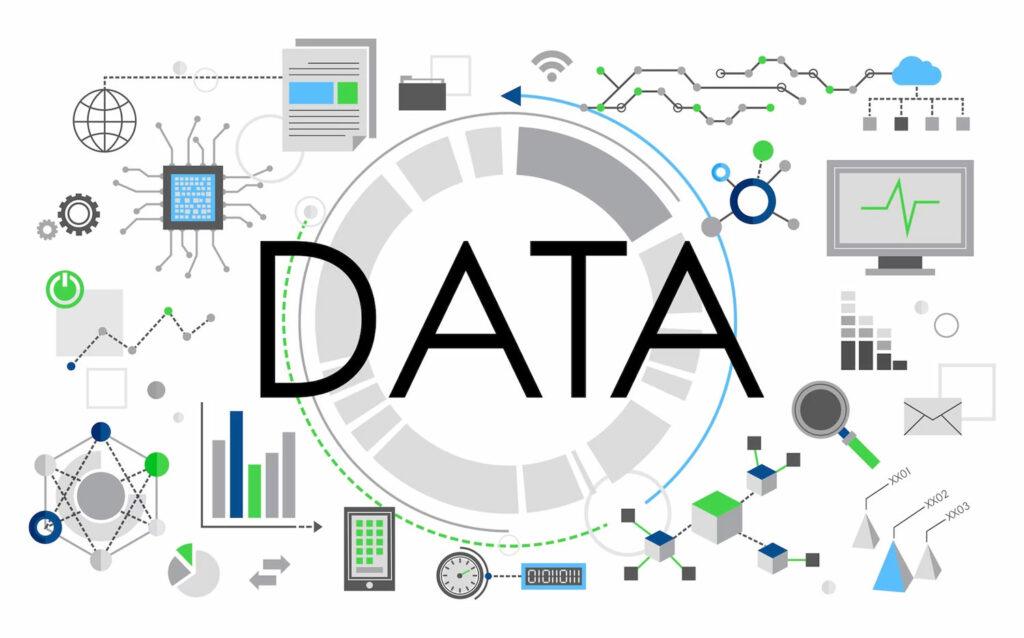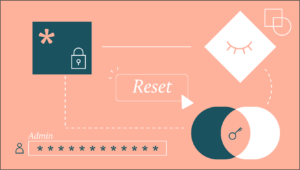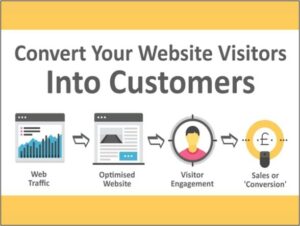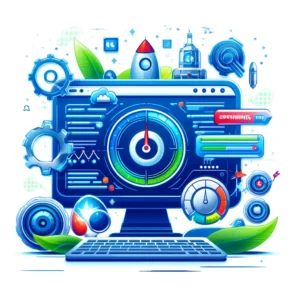In 2006 British Mathematician Clive Humby famously said “Data is the new oil”. Since
then, a lot of other people and industry experts have rephrased and quoted “Data is the
new oil for the new digital economy”. When we look at the industry trends, Clive Humby
was not wrong, as Data is becoming a valuable asset across the globe. As per one of
the article carried out by Economist in 2019 “How the world will change as computers
spread into everyday object”, It is estimated that by 2040 there will be trillions connected
computers and devices on the planet – outnumbering humans by over 100-1. The
unfathomable amount of data that will be generated needs to be collected, measured
and analyzed wisely for improved decision making.
The process of collecting, combining and measuring the data at a central location is
called Data Integration and Telemetry. Data integration and telemetry platforms provide
a comprehensive solution for managing large volumes of data from various sources,
enabling organizations to make informed decisions based on real-time data. It is a
software system that is designed to collect, process, and analyze large volumes of data
from various sources in real-time. It integrates data from different systems and
applications across an organization into a central repository, providing a unified view of
the data that can be used to make informed decisions.
Data telemetry is playing a vital role in changing the way how companies are
functioning. It is changing the future by enabling organizations to collect and analyze
data in real-time, leading to improved efficiency, safety, and decision-making. Telemetry
represents a novel and largely unexplored source of exceptional business insights. The
data is exceptionally intricate and contains enormous potential value, to the extent that it
is poised to surpass traditional business intelligence as a means of obtaining a
competitive edge.
- Predictive maintenance: Telemetry data can be used to monitor equipment
performance in real-time and predict when maintenance is required. This can
help prevent costly equipment failures and downtime, as well as extend the
lifespan of machinery. - Process optimization: By collecting data from sensors and machines, companies
can identify inefficiencies in production processes and make adjustments in
real-time. This can help improve productivity, reduce waste, and save costs. - Quality control: Telemetry data can be used to monitor product quality in real-time
and identify any issues or defects. This can help improve product quality and
reduce waste and returns. - Safety: Telemetry data can be used to monitor safety conditions in real-time,
such as detecting hazardous gases, monitoring worker activity, and ensuring
compliance with safety regulations. - Customer insights: Telemetry data can be used to monitor customer behavior
and preferences, providing insights into product usage and helping companies
improve customer satisfaction.
The future of data telemetry is very promising, as advancements in technology continue
to make it easier to collect, analyze, and act on real-time data. The global telemetry
market is projected to grow from $120.66 billion in 2021 to $202.60 billion in 2028 at
a CAGR of 7.68% in forecast period, 2021-2028. With new technologies and
applications continuing to emerge, Data Telemetry and Integration will keep contributing
and help the companies optimize their operations, improve safety, and enhance
customer satisfaction.











